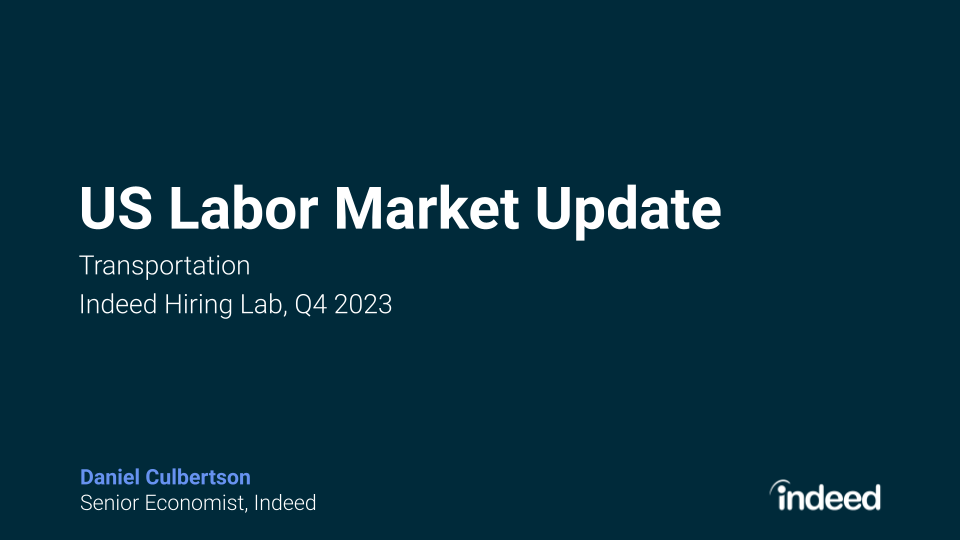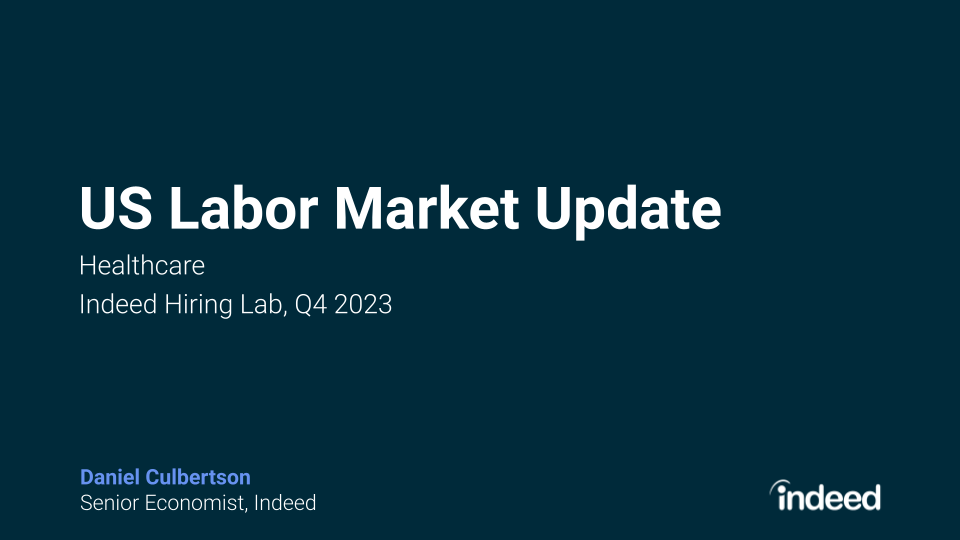Black Friday will soon be upon us and millions of shoppers will shake off their post-turkey stupor to hunt down deals. This year hopes are high that it will be a successful day for retailers: according to the National Retail Federation (NRF), holiday sales for 2016 are expected to increase by 3.6% — which is better than the average growth rate during the economic recovery. Meanwhile retailers expect to add about 690,000 positions to guarantee that their goods will flow into customers’ hands as smoothly as possible.
But does the supply of interested jobseekers meet employer demand? If not, then this could mean longer lines at the checkout and empty shelves, increasing tension in the aisles. And as we all know, if customers aren’t happy then Black Friday can quickly turn into ”Black Eye” Friday…
The majority of cities have seasonal staff shortages
In the spirit of public service we here at Indeed analyzed the state of seasonal hiring in 25 different US metro areas. After all, the harder it is to fill those open positions, the longer those lines may be — increasing the risk that fists will fly.

In the table above the orange line shows where job seeker interest in seasonal roles exceeds employer demand, while the blue line shows where it falls short.
As we see, when we compare the share of job seeker interest with the share of postings for seasonal retail jobs then it quickly becomes clear that the overwhelming majority of metropolitan areas are suffering from a shortfall of interest from job seekers.
In fact, only three metros enjoy a surplus: Riverside, Baltimore and Tampa. Here retailers had the most job seekers to choose from and so shops are more likely to be well-staffed.
When we look at the other 22 metro areas, however, then we see a very different picture: Dallas, Orlando and New York come closest to meeting demand, but after that we see a steady decline in job seeker interest until you reach the bottom. There we find Denver, where the shortage is especially severe — in fact, job seeker interest is only slightly higher than half of employer demand!
Of course, here at Indeed we cannot predict with scientific certainty that a shortfall of interest in seasonal retail jobs will lead to more people leaving stores with black eyes in the worst-affected metros this Friday.
But if you live in a city towards the bottom of the list then you may want to prepare yourself for some very long lines — or even consider doing your Black Friday shopping online.
Employers should post jobs early to fill positions
Typically, seasonal retail job postings increase on Indeed in the beginning of September and spike at the end of October before returning to normal levels.
This year however we saw employers posting seasonal vacancies as early as August — a sign that some retailers at least anticipated both the stronger demand from consumers and how tough it would be to hire as a result. The chart above indicates that employers who adopted an early bird hiring strategy were correct to start early.
Even so, in the majority of cities it was still tough to fill all those roles. As for Black Friday, it’s probably too late to fill any outstanding empty positions: most shops will have to make do with the staff they already have. Nevertheless, next year more firms may want to start their recruitment efforts early.







